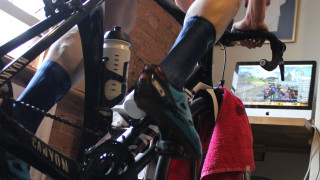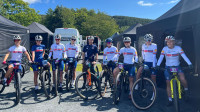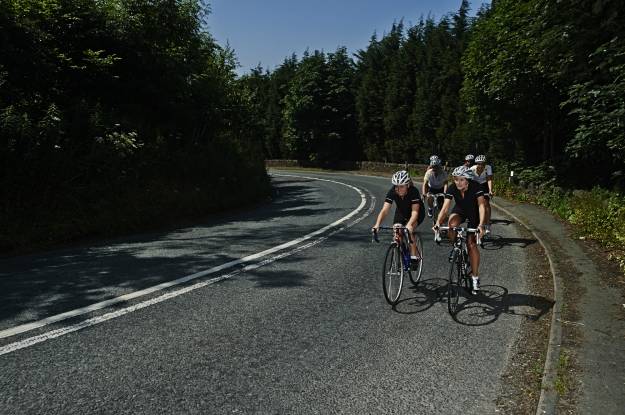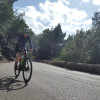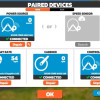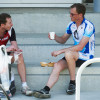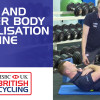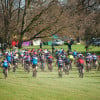Tips and advice for fuelling and hydration for indoor rides, workouts and races.
Before
With the majority of indoor sessions being fairly short and sharp, the two concerns are ensuring that you have enough energy and that you’ve allowed enough time for digestion. Working back from the time of the start of your session, including your warm-up if necessary, you should allow 2-3 hours from you last full meal.
If you’ve got more time than this, such as a late afternoon/early evening ride and your last main meal would have been lunch, you’ll probably need a light snack 1-2 hours beforehand. What to have and how close to the off is very personal and it’s worth experimenting. A banana or an energy bar can work well or, if you’re getting very close to your ride, even a gel.
Before a hard workout or a race some riders like to use a caffeinated product and this should be taken at the start of your 20-minute warm-up.
For less intense and longer sessions you should follow you regular pre-ride routine.
Cycling nutrition for long rides
It’s important, for general health as much as cycling performance, to stay well hydrated during the day.
During
As most indoor sessions last under an hour, you shouldn’t need any additional fuel during the session but it’s important to keep well hydrated.
Although you might get away with 500ml/hour of fluid when riding outdoors, don’t be surprised if you drink 750-1000ml/hour when riding inside. It’s important to maintain electrolyte level so these should be added to the fluid you consume.
For sessions lasting longer than 90 minutes, you will need some additional fuel. Exactly what you take on will depend on personal preference and the intensity of the ride you’re doing.
As a rule of thumb, on rides over 90 minutes, you should be looking to consume:
30-60g of carbohydrates per hour
Some examples of carbohydrate food content are:
Two gels (22g of carbohydrates each) = 44g
Five fig rolls (12g of carbohydrates each) = 60g
One mini white pitta breads with tbsp honey = 34g
Two British Cycling Rice Cakes (17g of carbohydrates each) = 34g
One British Cycling banana and oat muffin = 33g
Two slices of malt loaf (25g carbohydrates each) = 50g
If it’s a long but fairly high intensity Zwift race for example, you might be better off with easily tolerable but fast acting options such as carbohydrate drink in your bottles and gels. You should also be looking to hit the upper end of the 30-60g range.
For lower intensity longer rides, such as a virtual sportive, group ride or endurance focussed workout, you can opt for “real food” such as bars, bananas or check out some of our snack recipes. You can also eat a bit less but be careful not to under fuel as this could impact on immune function. One great thing about indoor rides is that you don’t have to cram your snacks into your jersey pockets - just make sure they’re in arms reach.
After
For most indoor sessions under the hour, as long as you’ll be eating within a couple of hours, there’s no real need for any special recovery protocol. The main priority will be replacing lost fluids and electrolytes.
The exception to this would be an especially hard race or workout, especially if it involved repeated sprint efforts. In this case, you might want to consider 20g of quality protein post-workout. The easiest and quickest way to obtain this is by using a protein powder and this will also aid re-hydration.
For longer rides, again, as long as you’ll be eating within a couple of hours, there’s no need for for a recovery drink and the priority is re-hydration.


